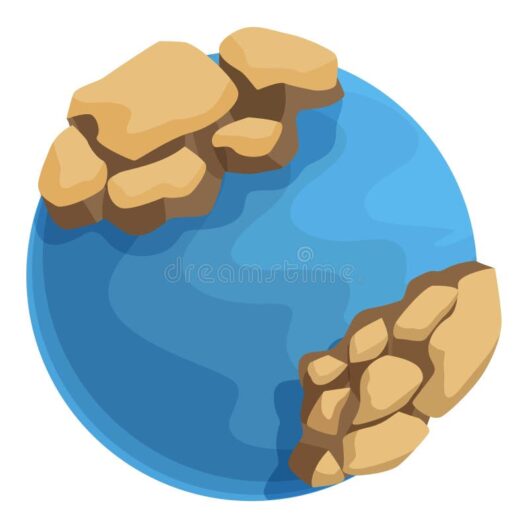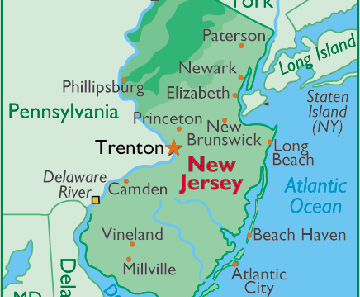Deserts, often perceived as barren wastelands, are in fact vibrant ecosystems, resplendent with life adapted to extreme conditions. The essence of a desert climate is encapsulated in its heat, dryness, and resilience, creating a world where survival hinges on the delicate balance between scarcity and abundance. As the sun blazes relentlessly overhead, parched earth cradles unique flora and fauna, each species embodying a tale of adaptation against the odds.
At the heart of a desert climate lies its defining characteristic: aridity. A region qualifies as a desert based on its low annual precipitation, typically receiving less than 10 inches in a year. This lack of moisture creates a stark contrast to more temperate regions, where rainfall nourishes lush landscapes. The irony of the desert lies in its deceptive stillness; beneath the surface, it teems with life, waiting for the rare occasion when the skies open up. The imagination can perceive these ecosystems as bastions of resilience, where every droplet of water is a precious morsel sought after by both plant and animal alike.
Heat, the second pillar of a desert climate, shapes the very identity of these arid realms. Temperatures can soar dramatically during daylight hours, often exceeding 100 degrees Fahrenheit, while plunging into chilling depths at night. This dichotomy is emblematic of the desert’s psychological and physical impacts on its inhabitants. For organisms that thrive in such environments, the heat is both a nurturing and punishing force—invoking images of a relentless furnace that reflexively tests the mettle of all who dare call it home.
The way life adapts to these conditions is nothing short of poetic. Consider the native cacti, encapsulating moisture within their fleshy spines, a coordination of nature that speaks of survival. Their waxy exterior reduces water loss, while intricate root systems burrow downwards, seeking out subterranean reservoirs in a dance of desperation and ingenuity. This representation of fortitude echoes the human spirit; an analogy of perseverance amidst adversity. The visual splendor of vibrant blooms, juxtaposed against the sea of sand and stone, reminds us that beauty often thrives in the unlikeliest of places.
Furthermore, the fauna of desert environments embody an intrinsic craftsmanship of survival. Many species exhibit nocturnal behaviors, emerging under the cloak of night when temperatures are more forgiving. Take the fennec fox, with its oversized ears serving not only as auditory receptors but also as natural radiators, capable of dissipating heat. Each adaptation, a solitary testament, illustrates evolution’s delicate choreography within the unforgiving stage of the desert. The unique biodiversity of these regions reveals the interplay of adaptation and resilience, highlighting that life, in all its forms, is an enduring testament to the will to exist.
As one traverses the undulating dunes, the sensory experience is rich and multifaceted. The sun’s relentless rays seem to play a symphony upon the rugged surfaces, casting elongated shadows that shift as time progresses. This is a land where the art of stillness is palpable; with each grain of sand untouched by the human foot, the narrative of the earth unfolds, offering myriad opportunities for reflection. It becomes clear that the desert is not merely a backdrop; it is an active participant in the cycle of life, embodying both the beauty and fragility of nature.
However, the persistently harsh realities of desert life underscore the looming threats posed by climate change. As global temperatures rise, the delicate balance of these ecosystems stands on the precipice. Diminished precipitation patterns threaten to desiccate these lands further, putting immense strain on their inhabitants. The diminishing resources can evoke parallels with human communities facing water scarcity. Such comparisons illuminate the larger narrative of our interconnected existence, where the plight of the desert is but a microcosm of our planet’s ongoing struggle against climatic adversities.
In the face of these adversities, the plea for environmental stewardship becomes increasingly urgent. The unique appeal of desert climates lies not only in their enigmatic beauty but also in their role as indicators of ecological health. Understanding the intricate relationships within these ecosystems can facilitate informed conservation efforts. By recognizing the signs of distress, stakeholders can act to protect against further degradation, advocating for sustainable practices that honor the delicate balance of life.
Moreover, the cultural significance of deserts cannot be overlooked. They have inspired art, literature, and spirituality, serving as canvases where humanity’s myriad emotions can be expressed and explored. The imagery of towering sand dunes and star-studded night skies invokes a sense of wonder that transcends geographical boundaries. This intrinsic connection to nature can kindle a newfound awareness, sparking a collective responsibility to safeguard these landscapes.
In summation, a desert climate is characterized by an interplay of heat, dryness, and the ardent struggle for survival, encapsulated in every creature and plant that has thrived against the odds. It challenges us to rethink our perspectives on beauty, resilience, and our impact on the world. The narrative of the desert is woven into the larger tapestry of life on Earth—a reminder of our shared responsibility to protect and preserve our planet’s unique ecosystems for generations to come. Through commitment, awareness, and appreciation, we can ensure that the deserts of the future continue to exist as vibrant testaments to life’s indomitable will.







